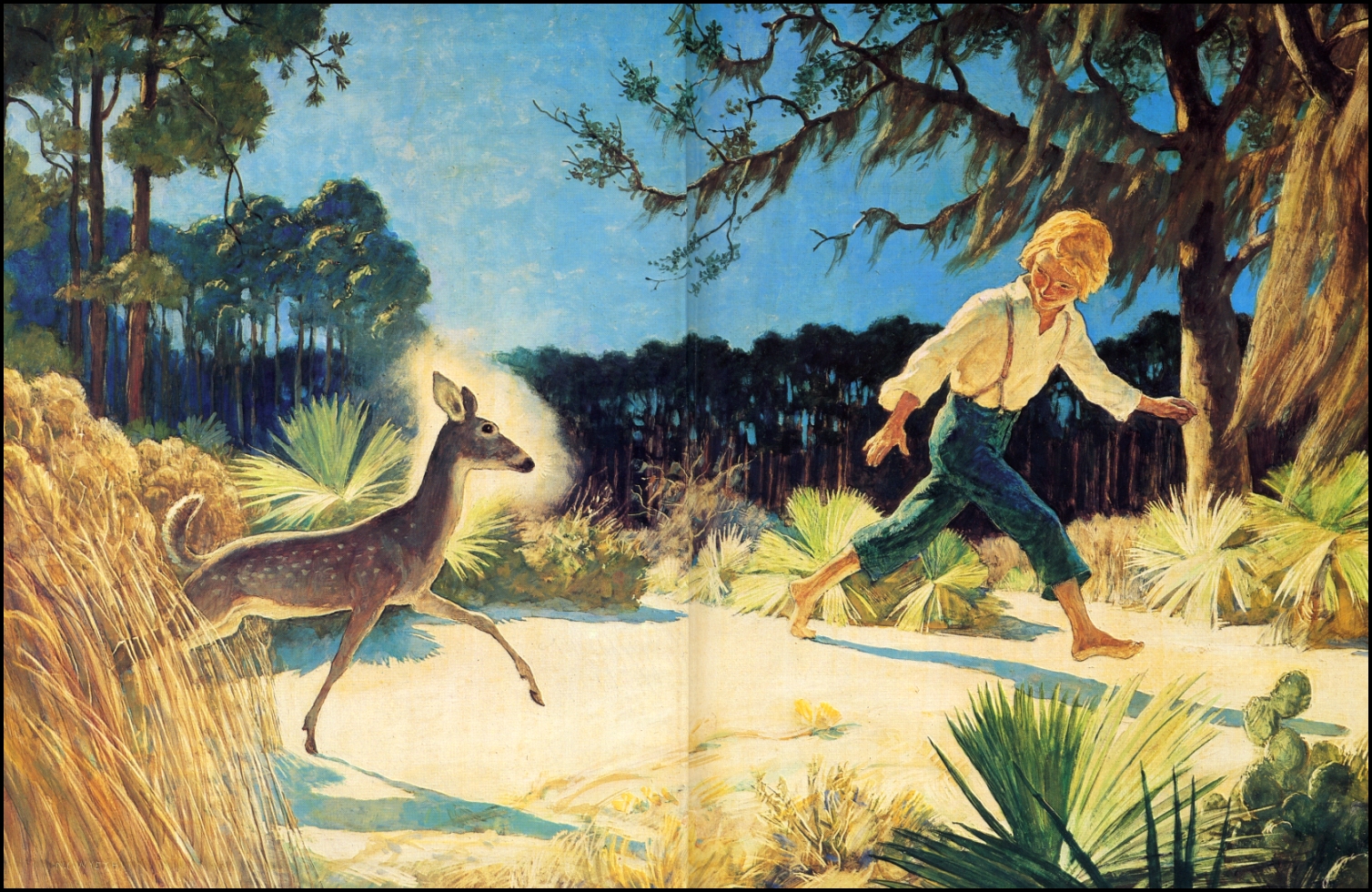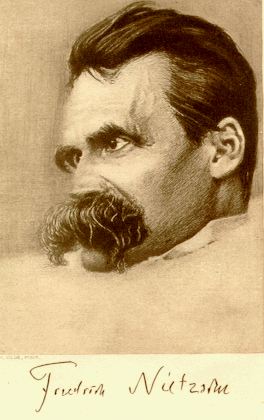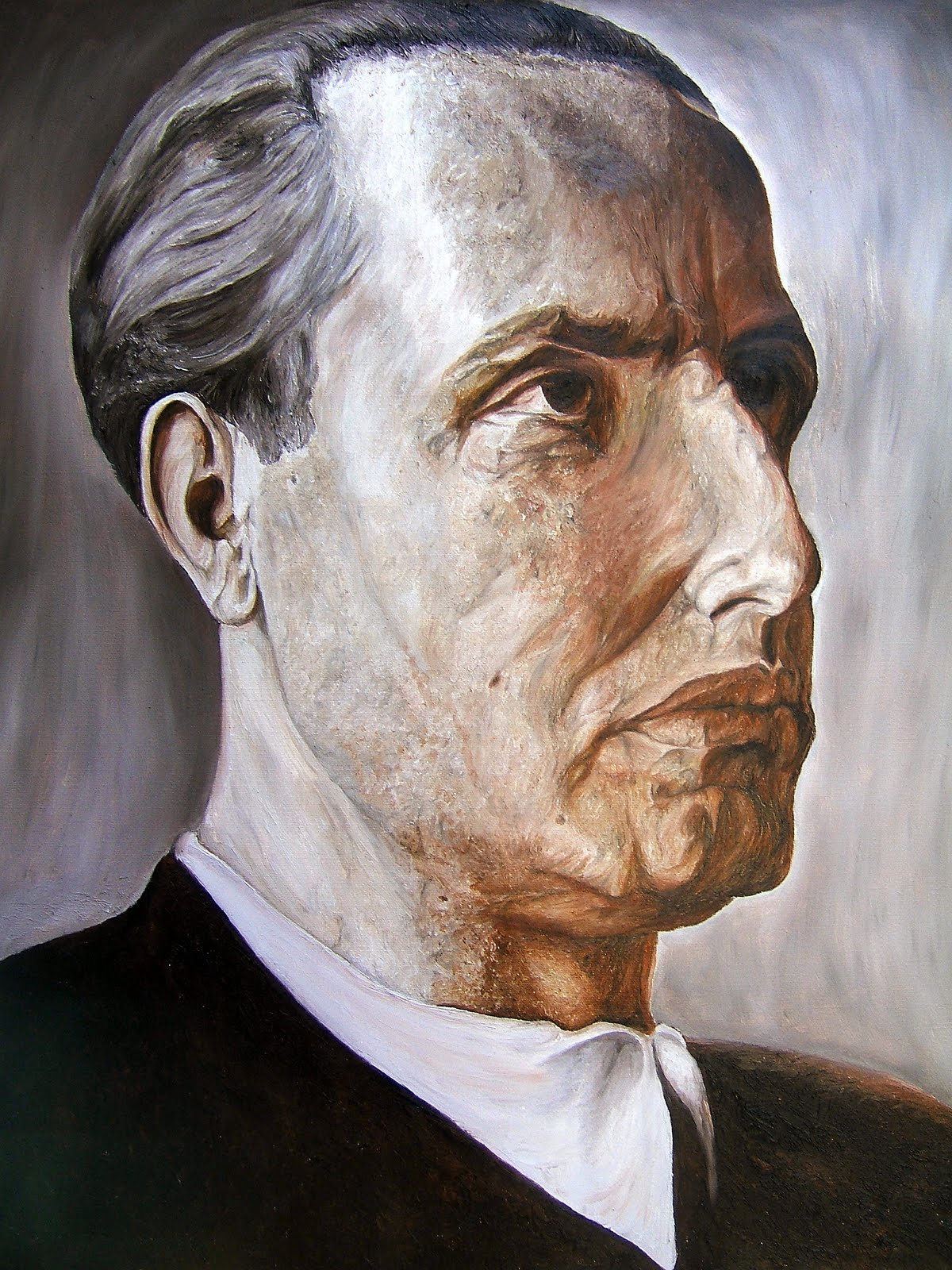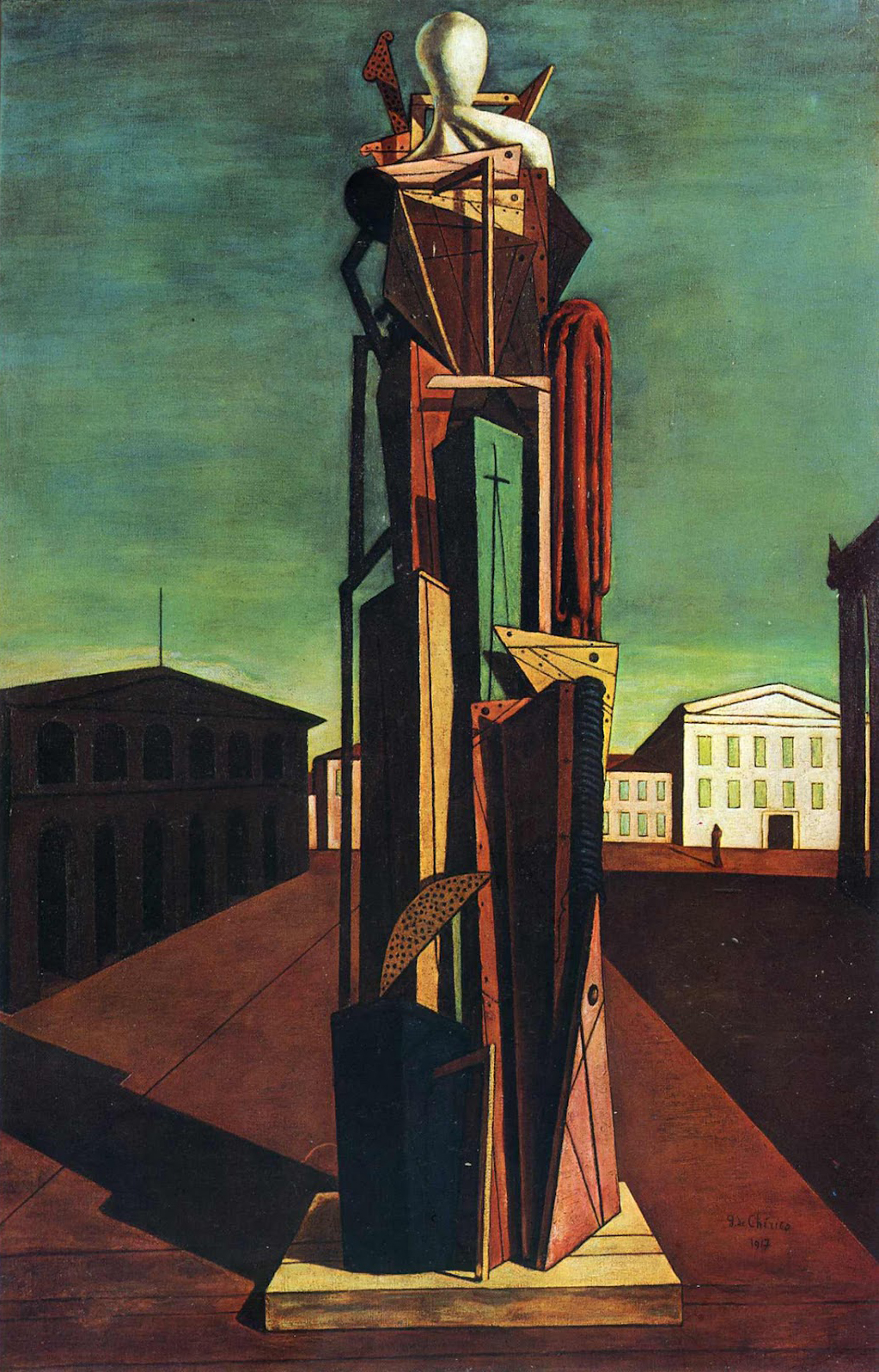16th May 1944, evening
Research and instruction—State encouragement for free research—The two tasks of research worker and teacher—Kant, Schopenhauer, Nietzsche.
The theory that independent research and instruction are two fields of activity which must be indissolubly related is false. Each has an entirely different function, each calls for men of a different type, and each must be approached by the State from a different angle.
Research must remain free and unfettered by any State restriction. The facts which it establishes represent Truth, and Truth is never evil. It is the duty of the State to support and further the efforts of research in every way, even when its activities hold no promise of immediate, or even early, advantage from the material or economic point of view. It may well be that its results will be of value, or indeed will represent tremendous progress, only to the generation of the future.
Instruction, on the other hand, should not, in my opinion, enjoy a like liberty of action. Its liberty is limited by the interests of the State, and can therefore never be totally unrestricted; it has not the right to claim that same degree of independence which I most willingly concede to research.
The attributes demanded of a successful teacher and a research worker are fundamentally different, and are seldom to be found together in the single individual. The man of research is by nature extremely cautious; he never ceases to work, to ponder, to weigh and to doubt, and his suspicious nature breeds in him an inclination towards solitude and most rigorous self-criticism.
Of quite a different type is the ideal teacher. He has little or no concern with the endless riddles of the infinite—with something, that is, which is so infinitely greater than himself. He is a man whose task it is to impart knowledge and understanding to men who do not possess them and who, therefore, are generally his intellectual inferiors; and in consequence he is a man who is often inclined to be pedantically dogmatic.
There are many men endowed with a genius for research who are useless as teachers, just as there are brilliant teachers who have no gift whatever for research and creative work; yet all of them, in their respective spheres, make contributions of outstanding value to the sum of human knowledge.
I do not agree with the idea that liberty of research should be restricted solely to the fields of natural science. It should embrace also the domain of thought and philosophy, which, in essence, are themselves but the logical prolongation of scientific research. By taking the data furnished by science and placing them under the microscope of reason, philosophy gives us a logical conception of the universe as it is. The boundary between research and philosophy is nebulous and constantly moving.
In the Great Hall of the Linz Library are the busts of Kant, Schopenhauer and Nietzsche, the greatest of our thinkers, in comparison with whom the British, the French and the Americans have nothing to offer. His complete refutation of the teachings which were a heritage from the Middle Ages, and of the dogmatic philosophy of the Church, is the greatest of the services which Kant has rendered to us. It is on the foundation of Kant’s theory of knowledge that Schopenhauer built the edifice of his philosophy, and it is Schopenhauer who annihilated the pragmatism of Hegel. I carried Schopenhauer’s works with me throughout the whole of the First World War. From him I learned a great deal.
Schopenhauer’s pessimism, which springs partly, I think, from his own line of philosophical thought and partly from subjective feeling and the experiences of his own personal life, has been far surpassed by Nietzsche.
_____________________________
Consider obtaining a copy of the complete notes
published by Ostara Publications.








